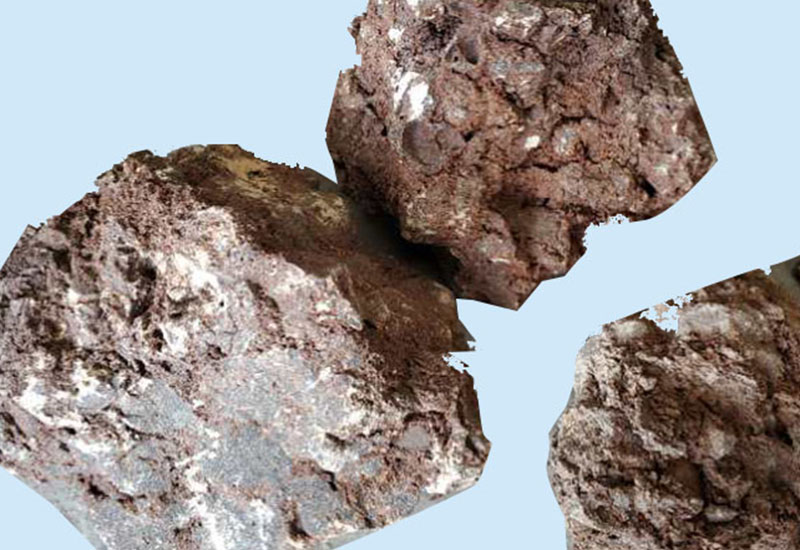Contact: Manager Xu
Phone: 1884264888
Phone: 0412-3388836
Website: en.lnqhnh.com
Business address: East of Zhongtai Village, Bali Town, Haicheng City, Anshan City, Liaoning Province
Introduction by magnesia manufacturers Magnesia can be divided into natural magnesia, seawater magnesia or synthetic magnesia. Natural magnesia is mainly derived from natural magnesite, but due to the quality of the raw ore and the price of magnesia, it is difficult to obtain high-purity and high-quality products. So far, seawater magnesium oxide has become the main source of magnesium oxide used in industrialized countries. The theoretical content of MgO in magnesite is 47.3%, and the remaining impurities are CaO, SiO2, iron and so on. Magnesite is heated to 700℃~800℃ in the air to decompose, which is called "light-burned magnesia". When it is further heated, it is higher than 1530°C, and the inactive periclase becomes hard-to-burn magnesia. It is called "dead burnt magnesia". The synthetic seawater magnesium oxide used in industrial production is made from seawater and digested dolomite. The precipitated Mg(OH) 2 is calcined to obtain MgO. The ratio of calcium to silicon in the synthetic magnesia of unfired bricks is 0.3-0.5, and the ratio of calcium to silicon in high-purity seawater magnesia is greater than 1.7, and the high temperature strength is high. 98 fused magnesia
Magnesia price
The main chemical composition is MgO, and the mineral composition is pericloy crystals. The density is 3.56~3.65g/cm, the Mohs hardness is 5.5, the melting point is 2800℃, and it volatilizes significantly at 1800~2400℃. Pure periclase is colorless, with the increase of Fe2O3 and CaO content, the color changes from light to dark, showing yellow, brown and dark brown. With the increase of the calcination temperature and the extension of the holding time, the particle size of periclase also increases correspondingly, and its hydration resistance and slag resistance also increase correspondingly.
Impurities in magnesium oxide come from dolomite, talc, tremolite, quartz, etc. in magnesite. Therefore, magnesium oxide contains impurities such as SiO2, Al2O3, Fe2O3, CaO (B2O3 in seawater magnesium oxide). These impurities reduce the high-temperature strength of magnesium oxide. Compared with Cr2O3, Al2O3 and B2O3, the influence degree of Fe2O3 is 1,3:11:70. In addition to periclase in magnesium oxide, various silicate minerals can also be formed according to the ratio of CaO/SiO2, which has different effects on the properties of magnesium products.
According to the chemical composition of magnesium oxide, the quality and phase composition of magnesium oxide products can be predicted. When calculating the phase composition, only when the homogeneity of the magnesium oxide raw material and the calcination temperature of the material are sufficient to balance the phase composition, the phase composition will be consistent with the experimental results, and the higher the purity of the material, the more consistent it will be.

Welcome to inquire
188-4206-4888
General Manager: Manager Xu
Website: www.lnqhnh.com
Address: East of Zhongtai Village, Bali Town, Haicheng City, Anshan City, Liaoning Province

scan it
Mobile site